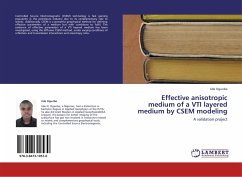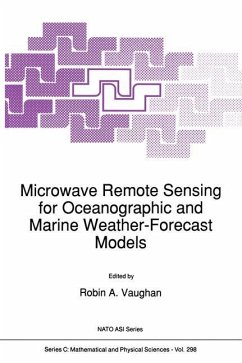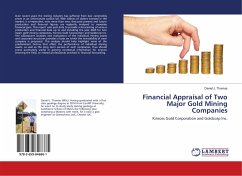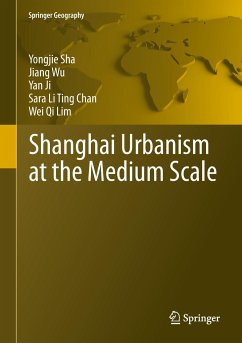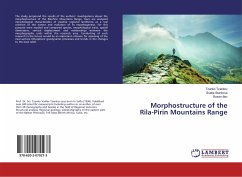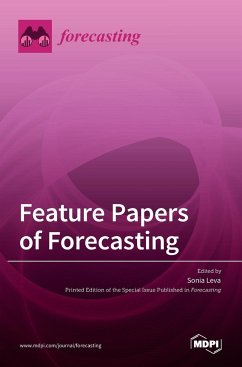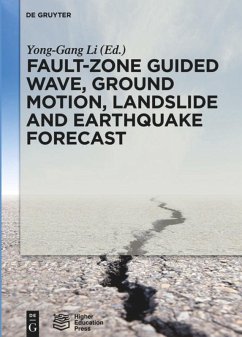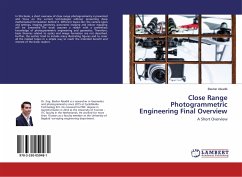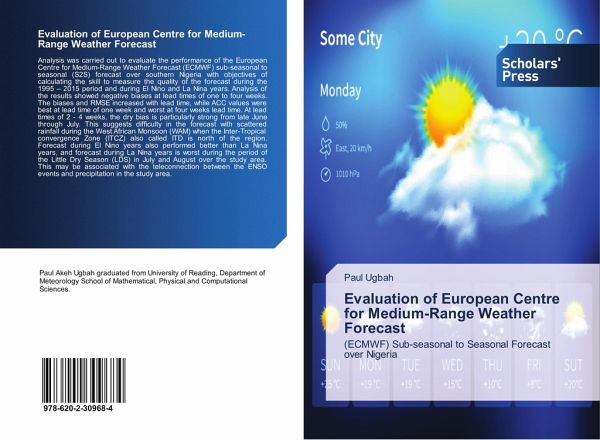
Evaluation of European Centre for Medium-Range Weather Forecast
(ECMWF) Sub-seasonal to Seasonal Forecast over Nigeria
Versandkostenfrei!
Versandfertig in 6-10 Tagen
30,99 €
inkl. MwSt.

PAYBACK Punkte
15 °P sammeln!
Analysis was carried out to evaluate the performance of the European Centre for Medium-Range Weather Forecast (ECMWF) sub-seasonal to seasonal (S2S) forecast over southern Nigeria with objectives of calculating the skill to measure the quality of the forecast during the 1995 - 2015 period and during El Nino and La Nina years. Analysis of the results showed negative biases at lead times of one to four weeks. The biases and RMSE increased with lead time, while ACC values were best at lead time of one week and worst at four weeks lead time. At lead times of 2 - 4 weeks, the dry bias is particular...
Analysis was carried out to evaluate the performance of the European Centre for Medium-Range Weather Forecast (ECMWF) sub-seasonal to seasonal (S2S) forecast over southern Nigeria with objectives of calculating the skill to measure the quality of the forecast during the 1995 - 2015 period and during El Nino and La Nina years. Analysis of the results showed negative biases at lead times of one to four weeks. The biases and RMSE increased with lead time, while ACC values were best at lead time of one week and worst at four weeks lead time. At lead times of 2 - 4 weeks, the dry bias is particularly strong from late June through July. This suggests difficulty in the forecast with scattered rainfall during the West African Monsoon (WAM) when the Inter-Tropical convergence Zone (ITCZ) also called ITD is north of the region. Forecast during El Nino years also performed better than La Nina years, and forecast during La Nina years is worst during the period of the Little Dry Season (LDS) in July and August over the study area. This may be associated with the teleconnection between the ENSO events and precipitation in the study area.



